32 pages • 1 hour read
Roald DahlThe Way Up To Heaven
Fiction | Short Story | Adult | Published in 1954A modern alternative to SparkNotes and CliffsNotes, SuperSummary offers high-quality Study Guides with detailed chapter summaries and analysis of major themes, characters, and more.
Story Analysis
Analysis: “The Way Up to Heaven”
Content Warning: This section of the guide contains descriptions and references to abuse and coercive control, accident, and death.
“The Way Up to Heaven” is a journey in resilience, self-assertion, and revenge on Mrs. Foster’s part, as it traces her gradual realization that her husband tortures and gaslights her, and her reaction to the fateful opportunity to be rid of him.
The beginning of the story establishes the theme of The Negative Effects of Societal Expectations through exploring the power of Mr. Foster to control and torment Mrs. Foster. Mrs. Foster’s fear of being late, and aligning twitch, is ambiguously framed by the narrator as a “silly” character flaw. This shortcoming is excused because she is a loyal, obedient, dutiful wife. As the story develops, the reader realizes that Mrs. Foster’s self-control is in fact remarkable and that her anxieties are purposefully fueled by her oppressive husband, Mr. Foster, who leverages gender role expectations to maintain control of her life. Mrs. Foster is not allowed to speak up to address her feelings or issues around the need for better communication and compromise, as she has been “trained too well” (48) for that. Societal expectations at the time placed value on women for focusing on their husbands and children.
Related Titles
By Roald Dahl

Beware of the Dog
Roald Dahl

Boy: Tales of Childhood
Roald Dahl

Charlie And The Chocolate Factory
Roald Dahl
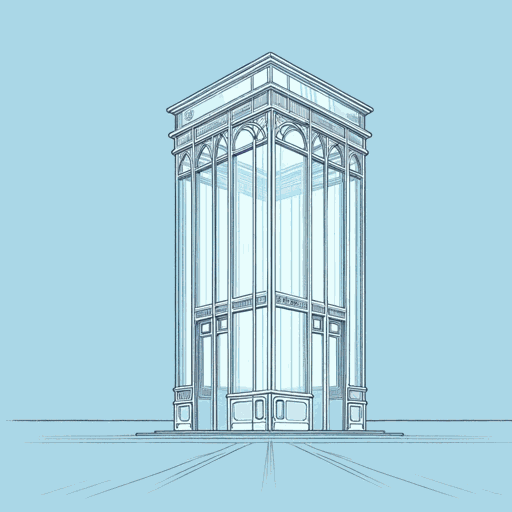
Charlie and the Great Glass Elevator
Roald Dahl

Danny, the Champion of the World
Roald Dahl

Esio Trot
Roald Dahl

Fantastic Mr Fox
Roald Dahl

George's Marvelous Medicine
Roald Dahl
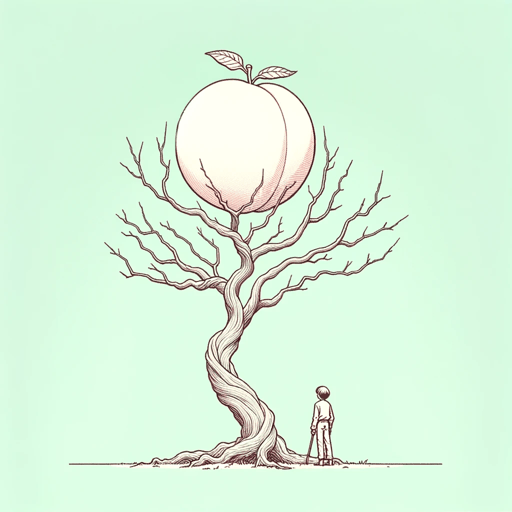
James And The Giant Peach
Roald Dahl
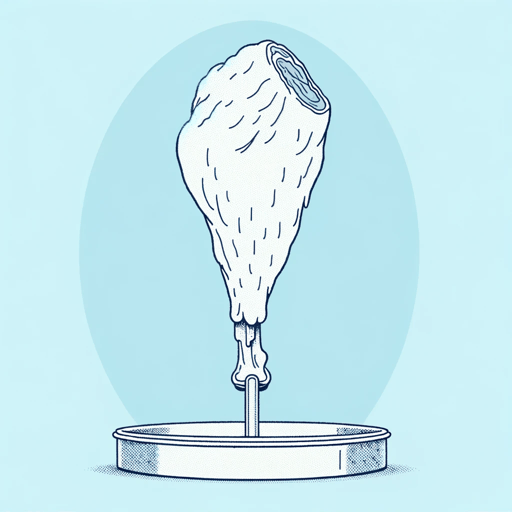
Lamb To The Slaughter
Roald Dahl

Matilda
Roald Dahl
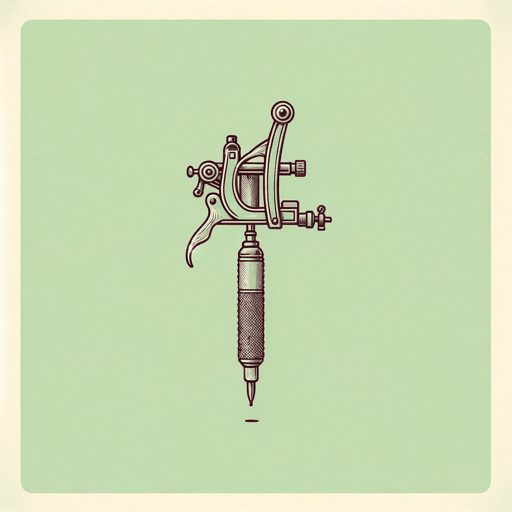
Skin
Roald Dahl
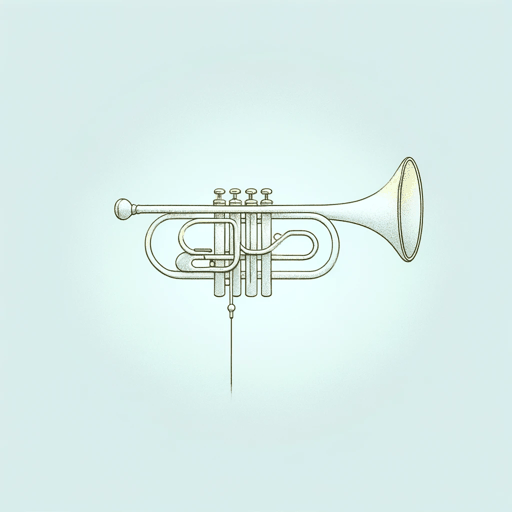
The BFG
Roald Dahl

The Giraffe and the Pelly and Me
Roald Dahl, Illustr. Quentin Blake

The Landlady
Roald Dahl

The Magic Finger
Roald Dahl, Illustr. Quentin Blake

The Twits
Roald Dahl

The Witches
Roald Dahl

The Wonderful Story of Henry Sugar and Six More
Roald Dahl

